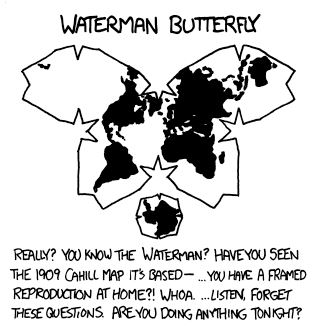

I agree with most of what you say. I’m a long-time fan of calculating more complex things client side, as you can see from my climate model (currently all calcs within web browser, evolved from java applet to scalajs).
Also, in regarding social media, keeping the data client side could make the network more resilient in autocratic countries (many), and thelp this become truly a global alternative.
On the other hand, some ‘trunk’ server interactions could also doing more not less, bundling many ‘activity’ messages together for efficiency - especially to reduce the duplication of meta-info headers in clunky json, and work of authentification-checking (which I suppose has to happen to propagate every upvote in Lemmy?).






Well problem with any Lemmy community as such a forum, is that current usage (not necessarily intrinsic to the software) is so ephemeral. So it’s good for discussing breaking news, but not to gradually accumulate discussion of solutions to complex problems, over years. I wish this were not the case, but doubt anybody will even notice this comment, as no longer ‘hot’, and folded away … Rather, a few weeks later the same topic will be reopened under a different post, and we start over again.